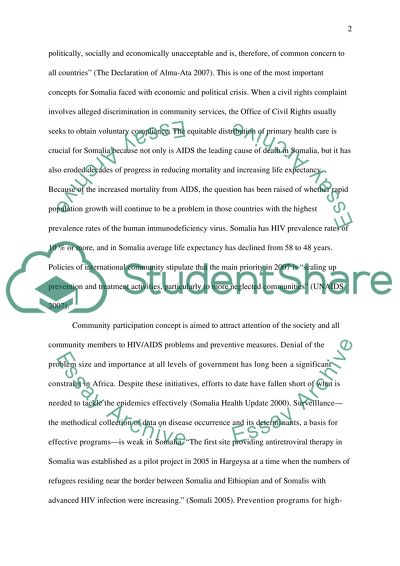Cite this document
(“The World Health Organization View of Primary Health Care Essay”, n.d.)
The World Health Organization View of Primary Health Care Essay. Retrieved from https://studentshare.org/health-sciences-medicine/1532203-the-world-health-organization-view-of-primary-health-care
The World Health Organization View of Primary Health Care Essay. Retrieved from https://studentshare.org/health-sciences-medicine/1532203-the-world-health-organization-view-of-primary-health-care
(The World Health Organization View of Primary Health Care Essay)
The World Health Organization View of Primary Health Care Essay. https://studentshare.org/health-sciences-medicine/1532203-the-world-health-organization-view-of-primary-health-care.
The World Health Organization View of Primary Health Care Essay. https://studentshare.org/health-sciences-medicine/1532203-the-world-health-organization-view-of-primary-health-care.
“The World Health Organization View of Primary Health Care Essay”, n.d. https://studentshare.org/health-sciences-medicine/1532203-the-world-health-organization-view-of-primary-health-care.


